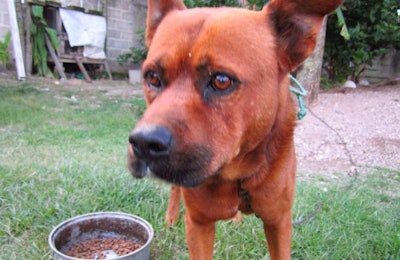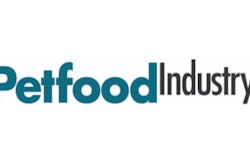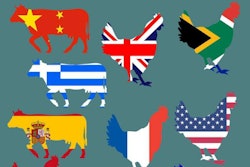
For the Mexican pet food industry, cultural changes create opportunities that differ by region and economic status. Those differences leave openings that, as in a soccer match, can be an advantage for nimble players, according to industry experts at Foro México sobre Alimento para Mascotas Internacional (International Mexican Pet Food Forum), which was held June 16-17 in Guadalajara, Jalisco, Mexico.
Until recently in Mexico, most dogs and cats were considered objects for guarding the house, finding drugs, catching mice and other tasks, Román Delgado public relations manager of Mars Petcare Mexico said in his opening address to Foro Mexico. Within the past decade, dogs and cats increasingly have come to be thought of as members of the family in many households, especially in the middle class, as the effects of the global recession waned. The pet food industry has played a vital role in transforming the perception of pets, said Delgado, along with social media and the internet.
The transformation of people's views of dogs and cats is far from complete, Delgado told Petfood Industry, but Mexico is following a similar pattern to other Latin American countries, such as Columbia and Brazil.
Divide in distribution channels for pet food in Mexico
In Mexico, there is still a divide between rural and urban attitudes, as well as distribution channels, according to Ivan Franco founder of TripleThree International, a market research firm.
“In Mexico, many live in semi-urban and rural areas with populations of less than 5,000 and frequently have little income,” Franco said. “The industry leaders don’t sell well in these communities where dogs still just guard the house.”
Larger manufacturers and international brands, including Mars Petcare, Nestle and Mexico-based Nueva Tecnologia en Alimentacion, dominate urban supermarket sales. However, rural residents lack access to supermarkets and the major brands are too expensive. Spending MXN200 (US$10) on a kilo of super-premium dog food is too much of a price barrier, even if a person wants to give their dog good nutrition, said Franco, and often the value of pet nutrition hasn’t been made clear by promotional materials.
In these rural areas, there’s a very good opportunity for smaller, local brands to distribute lower cost pet foods through traditional mom-and-pop type stores, according to Franco. La Perla is one brand that has done this.
“It’s like in soccer when a team leaves a space open, others can take advantage,” said Franco in his presentation at the forum. “Pedigree can’t drop prices or they will lose their image. That leaves space open to Purina for low price options. Other smaller brands can take up low price spaces too, like Ganador, CanPro and Perron.”
Although traditional corner stores account for only eight percent of the sales value of pet foods, establishing a presence in small communities can be important since brand loyalty has a strong influence on Mexican pet owners’ purchases, noted Franco. As migration from the countryside to the cities continues, pet owners could bring their preferences with them.
Mexican pet food brands could take advantage of this brand loyalty to market their products in nations with large Mexican immigrant communities, Scott Baker, innovative products manager for Trouw Nutrition, said. Similar examples can be seen in the popularity of Jumex juices and Suavitel fabric softener in the U.S.


















